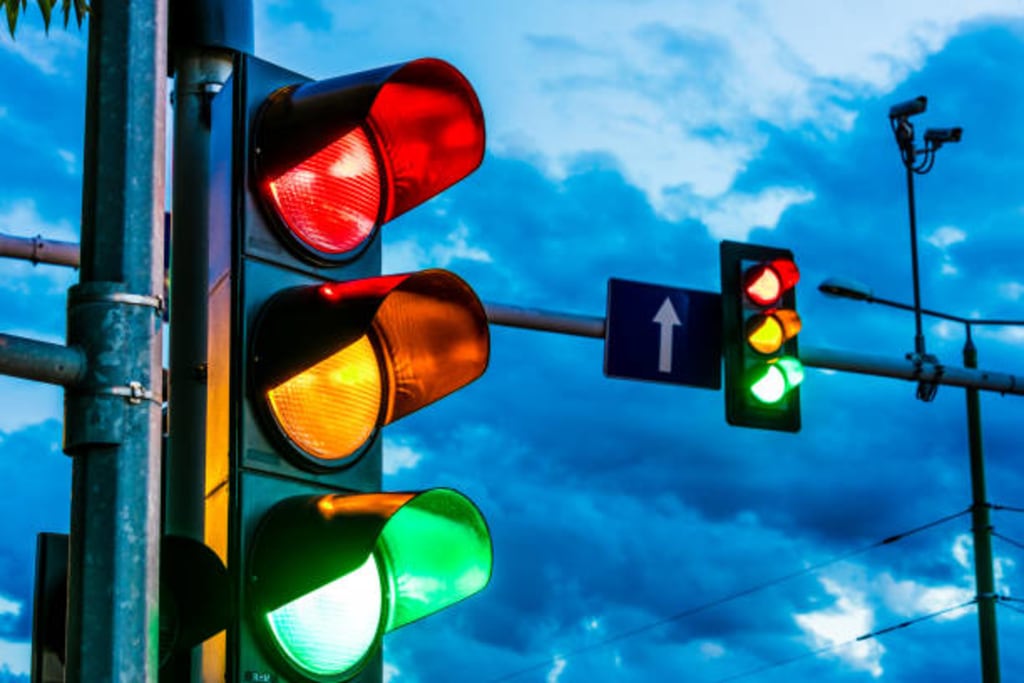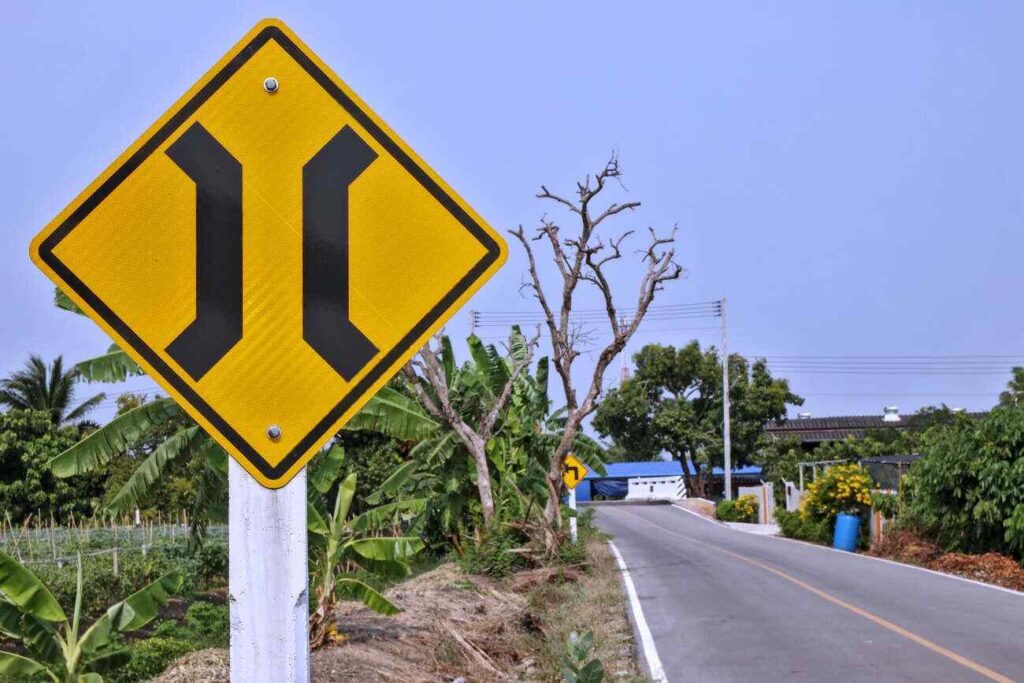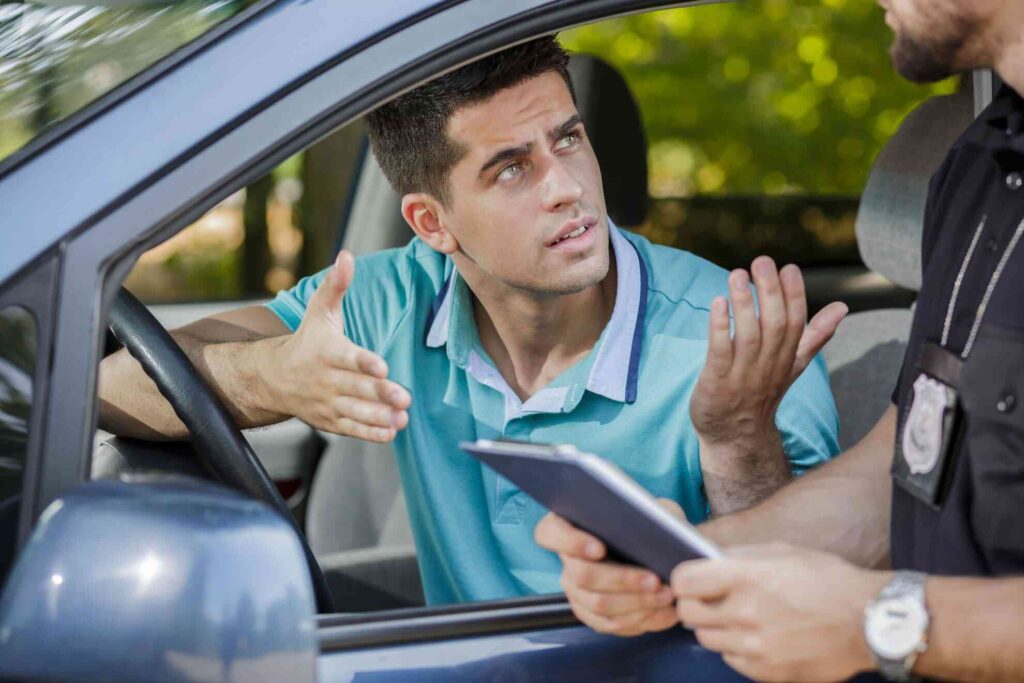Traffic signs are part of everyday driving. You see them on roads, highways, and streets. But what are the purposes of traffic signs? They help keep roads safe and organized. These signs give drivers key info to follow rules, avoid dangers, and find their way. In this guide, we cover everything about traffic signs. We look at their history, types, and why they matter for safety. We also talk about how they differ across countries and what the future holds. This post gives you clear facts to understand them better.
Traffic signs do more than just sit by the road. They save lives by cutting down on crashes. Studies show that good signs can lower accident rates by up to 30% in some areas. They guide millions of people each day. Without them, roads would be chaotic. Let’s start with where they came from.
The History of Traffic Signs
Traffic signs have a long past. They began in ancient times. The Romans built roads and used stone markers to show distances. These milestones helped travelers know how far they had to go. By the Middle Ages, signs with arms pointed directions in places like the UK.
The modern era started in the 1800s. As cars became common, signs grew in need. In 1868, London got the first traffic light. It was for horse carriages and used gas lamps. The US saw its first electric traffic light in 1914.
In the 1920s, signs got standard shapes and colors. Groups like the American Association of State Highway Officials set rules. This led to the Manual on Uniform Traffic Control Devices (MUTCD) in 1935. It made signs the same across states.
Garrett Morgan invented a better traffic signal in 1923. His design had a third position to stop all traffic. This helped at busy spots. Over time, signs added reflective materials for night use.
Today, signs use tech like LEDs. But their core goal stays the same: to direct and protect road users. Knowing this history shows how signs evolved with travel needs.
Types of Traffic Signs and Their Purposes
Traffic signs come in main types. Each type has a job. What are the purposes of traffic signs in these groups? They regulate, warn, guide, and inform.
First, regulatory signs. These tell you what to do or not do. They use red, white, or black colors. Examples include stop signs and speed limits. Their purpose is to enforce laws and keep order.
Warning signs alert you to dangers. They are yellow with black symbols. Think of curve ahead or deer crossing signs. They help you slow down or watch out.
Guide signs give directions. They are green or blue. They show exits, distances, or services like gas stations. Their goal is to help you navigate without confusion.
Informational signs share facts. These can be brown for parks or orange for work zones. They point to hospitals or airports.
School zone signs are special. They protect kids with flashing lights sometimes.
Each type uses shapes too. Octagons mean stop. Triangles mean yield. Circles warn of railroads. This system makes signs quick to read.
In work zones, temporary signs use orange. They warn of changes like lane closures.
Understanding types helps drivers react right. It cuts risks on the road.
The Main Purposes of Traffic Signs in Detail
What are the purposes of traffic signs? They have three big ones: to regulate, warn, and guide.
Regulation keeps traffic flowing smooth. Signs like no parking or one-way stop bad actions. They make sure everyone follows the same rules.
Warning prevents crashes. Signs spot hazards like sharp turns or slippery roads. They give time to adjust speed or path.
Guidance helps find places. Highway signs show routes and miles. This reduces lost drivers who might cause problems.
Signs also help all users. Pedestrians see crosswalk signs. Bikers get lane marks. They make roads fair for everyone.
In cities, signs cut congestion. They direct turns and lanes.
On highways, they set speeds for safety.
Overall, signs communicate without words. Symbols work for all languages.
They save money too. Fewer accidents mean less repair costs.
Signs adapt to weather. Some change for fog or rain.
Their purposes tie to safety first. But they also boost efficiency.
Design Principles of Traffic Signs
Good design makes signs work well. What principles guide this?
Signs must grab attention. Bright colors like red for stop do that.
They need clear meaning. Simple symbols avoid mix-ups.
Respect comes from consistency. Same signs everywhere build trust.
Give enough time to react. Place signs far from hazards.
Shapes matter. Unique forms like octagons stand out.
Colors code messages. Red means danger. Green means go.
Size fits speed. Bigger on highways for fast reading.
Reflectivity helps at night. Materials bounce light back.
Fonts are bold and easy. No fancy letters.
Placement is key. Not too high or low.
Tech adds smarts. Some signs light up.
These rules come from studies. They test how drivers see signs.
In bad weather, designs hold up.
Global standards help travelers.
Design keeps evolving for better use.
Common Traffic Signs and Their Meanings
Many signs are seen daily. Let’s list common ones.
Stop sign: Red octagon. Means full stop at line.
Yield: Red triangle. Give way to others.
Speed limit: White with black numbers. Max speed allowed.
No entry: Red circle with bar. Can’t go there.
Pedestrian crossing: Yellow with walker. Watch for people.
Curve ahead: Yellow arrow. Slow for bend.
School zone: Yellow pentagon. Lower speed near kids.
Merge: Yellow with arrows. Lanes join.
One way: Black arrow on white. Direction only.
Do not pass: White with words. No overtaking.
These are basics in the US.
Work zone: Orange diamond. Workers ahead.
Railroad: Yellow circle with X. Train tracks.
Slippery when wet: Yellow with car skid.
Deer crossing: Yellow with deer. Animals may cross.
Hospital: Blue H. Medical help near.
Knowing them helps safe driving.
Signs use pictures for quick grasp.
Ignore them, and fines or crashes happen.
Teach kids these for future.
The Importance of Traffic Signs in Road Safety
Traffic signs play a big role in safety. They cut accidents by guiding actions.
Warning signs spot risks early. This lets drivers prepare.
Regulatory signs enforce laws. They stop speeding or wrong turns.
Guide signs prevent confusion. Lost drivers can swerve badly.
Colors help too. Red alerts fast.
In bad weather, signs are vital. They warn of ice or fog.
For pedestrians, crosswalk signs save lives.
Stats show areas with good signs have fewer crashes.
Signs help emergency teams. They mark routes quick.
Without signs, chaos rises. More collisions occur.
Maintenance keeps them effective. Faded signs fail.
Obeying signs is key. It protects all.
Signs work with lights for better control.
They make roads predictable.
Safety starts with understanding signs.
Traffic Signs Around the World: Variations
Signs differ by country. But many share ideas.
In Europe, triangles warn. Red borders mean bans.
US uses diamonds for warnings. Yellow color.
Canada mixes US and metric units.
Asia has unique animal signs. Like elephants in India.
Australia warns of kangaroos.
Stop signs vary. Some say “stop,” others “alto” in Spanish areas.
Yield is “cede el paso” in some places.
International agreements make basics similar.
Vienna Convention sets standards for many nations.
Symbols help over words. Pictures cross languages.
In cities, signs handle more traffic.
Rural areas focus on wildlife.
Tech varies. Some countries use digital signs more.
Travelers should learn local signs.
Apps help translate them.
Variations show cultural needs.
But safety is universal.
Maintenance of Traffic Signs
Keeping signs in shape is crucial. Maintenance ensures they work.
Inspect often. Look for damage or fade.
Clean dirt off. Use water and mild soap.
Trim plants around them. Bushes block views.
Fix bent posts. Secure bases.
Replace old ones. Retroreflective fades over time.
In storms, check after. Wind can knock them.
Agencies handle this. Report issues to them.
Anti-vandal coatings help.
Inventory tracks all signs.
Good maintenance saves lives.
It meets legal rules too.
Communities can help by reporting.
Tech monitors signs now. Sensors spot problems.
Regular care keeps roads safe.
The Future of Traffic Signs with Technology
Tech changes signs ahead. Smart signs are coming.
Digital signs update real-time. Show current speeds or alerts.
AI detects issues. Cameras track sign conditions.
Connected cars talk to signs. Get warnings direct.
Solar power runs them green.
Variable message signs change for traffic.
Drones inspect hard spots.
Satellites help manage big areas.
5G and 6G speed data.
Self-healing materials fix small damage.
Augmented reality in cars shows signs virtual.
But basics stay. Tech adds to them.
Future cuts accidents more.
Cities test these now.
It makes travel smarter.
For more information visit Traffic signs test.
Conclusion
What are the purposes of traffic signs? They regulate, warn, and guide for safe roads. From history to future, they evolve but stay essential. Know them to drive better. Share this knowledge. Safe travels depend on all following signs.


